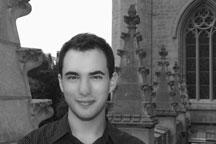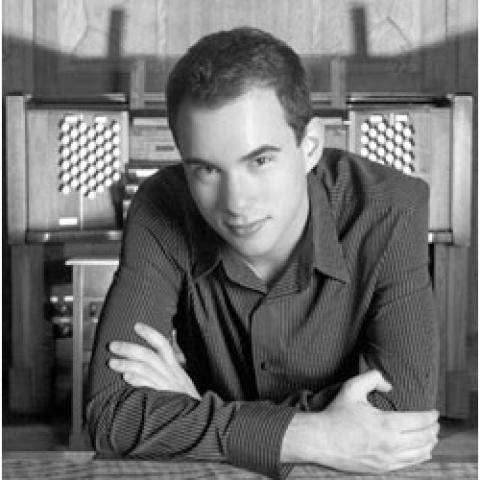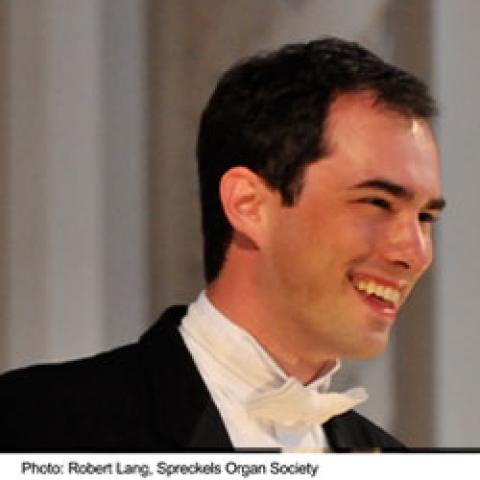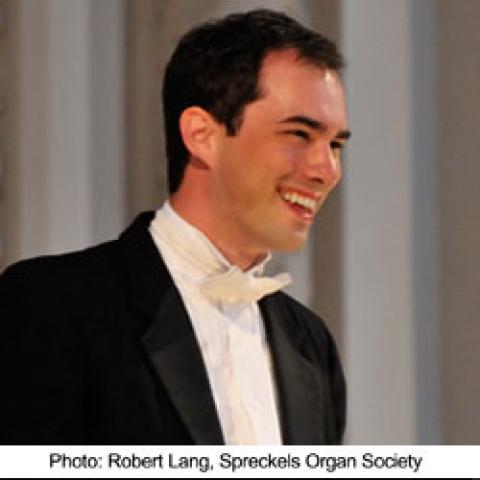
The young American organist Christopher Houlihan has won the Prix de Perfectionnement at the French National Conservatory in Versailles, where he studied with Jean-Baptiste Robin during the previous academic year. The degree is similar to an Artist's Dipolma awarded by a United States School.
In addition, he was awarded Le Prix des Amis de l'orgue de Versailles which carried a cash prize and an invitation to return next summer to perform as part of a music festival in the French city.
During his year in France, Houlihan served as associate music director at the American Cathedral in Paris under Edward Tipton.
One Saturday evening this past summer a knock at the door of his cathedral apartment revealed several French police informing him that the President of the United States would attend the next morning's choral service. Mr. Tipton was away that week and Christopher was in charge of both choirs and all of the organ playing. Then it was determined that security for the President would eliminate the normal Sunday pre-service choir rehearsals. Christopher carried off the assignment in great form despite the impediments, prompting the cathedral Rector to write in a parish newsletter, "In my book, Chris Houlihan was one of the great heroes of the day!"
Houlihan has returned to Connecticut for his senior year at Trinity College studying with John Rose.
His current performance season includes a soloist spot in the season opening concert by the Hartford Symphony Orchestra, sharing the soloist spotlight with Joshua Bell. He will perform recitals in Lockport NY, Bridgewater VA, New York City, Carbondale IL, Washington DC, at Trinity College, and at several locations in France.





